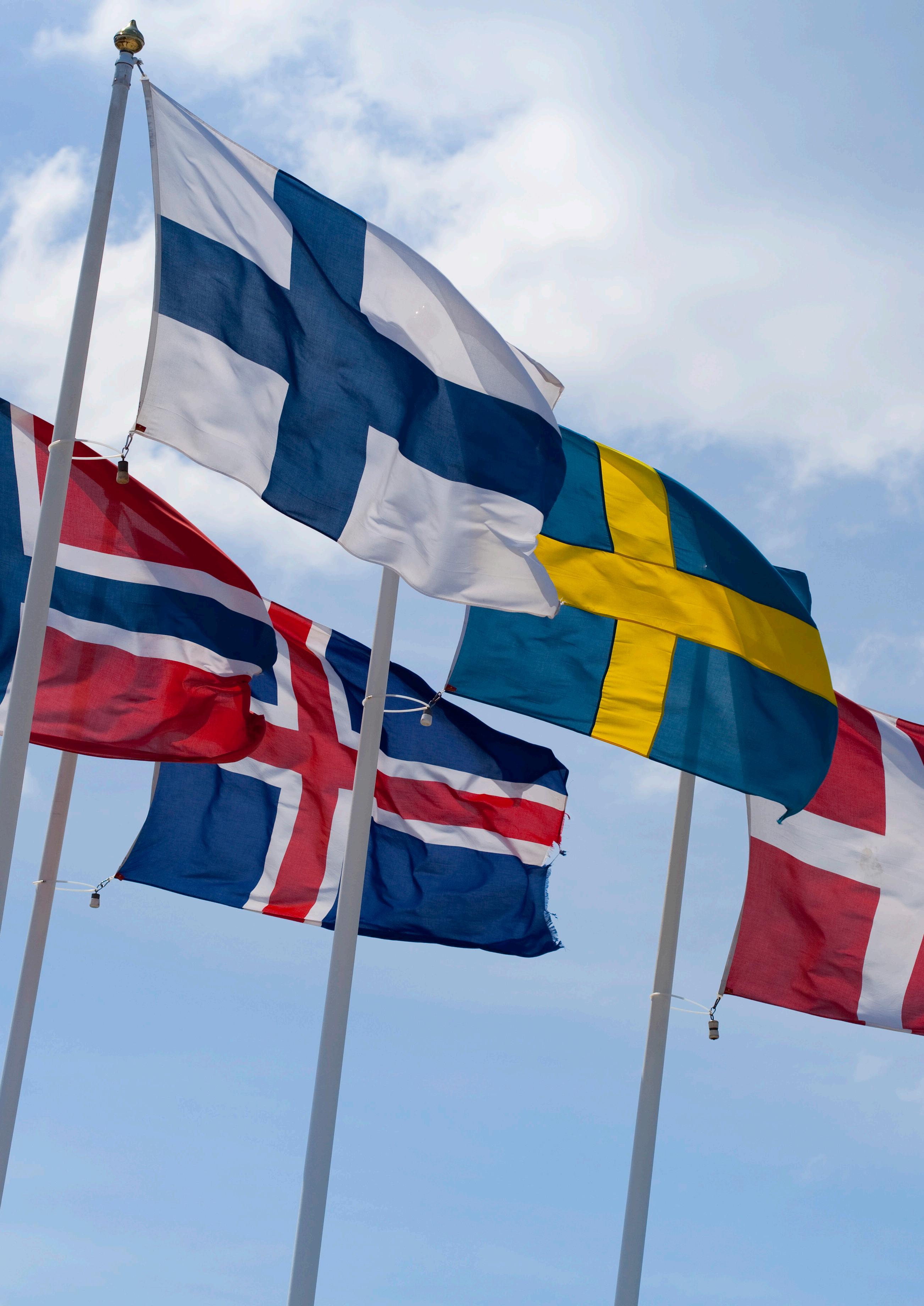
4 minute read
Museum leaders still struggle with social media
After more than a decade with social media, most museums have yet to really embrace the broader implications of social media in their strategy and operations. New research from BI gives insight into why.
PETER BOOTH, Adjunct Associate Professor BI Norwegian Business School
Museums have little choice to be on social media. In line with growing expectations that cultural leaders focus more on communication and tasks that legitimize funding, social media represent important communication channels.
Social media can build audiences, encourage access and participation, and provide greater institutional transparency. Even if leaders are not involved in dayto-day activities on social media, these channels are also important parts of the context of contemporary museum leadership. Yet even though part of the museum communication landscape for well over a decade, social media remains a challenge for museum leaders.
SOCIAL MEDIA AS ‘PARTICIPATORY’ ORGANIZATIONAL CHANGE Building on the foundations of web 2.0, social media has the potential to signify participatory organizational change for a museum.
Closely connected to what is commonly labeled the ‘participatory turn’ in museology, using social media asks museums to champion the ideals of prosumer culture, democratization and inclusivity, distribution of power, diversity of voices, dialogue, and cocreation. However, many of these claims remain unproven ‘ideals’, and few museums have really managed to achieve the change in managerial mind-set to make participatory practices meaningful.
Nevertheless, museums and their cultures differ in their readiness to respond to these forms of participatory change. Science, technical and children’s museums have long-standing traditions of direct visitor involvement, and so are examples of museums that tend to be better prepared for participatory methods.
SOCIAL MEDIA AND TECHNOLOGY-BASED ORGANIZATIONAL CHANGE Social media also represents ICT-based change (ICT - information and communication technology). Drawing from management research, it is useful to look at factors impacting ‘readiness to change’, as a precursor to actual change, where we are yet to see the ICT fully adopted.
In a survey of 82 leaders of museums in Norway, findings show that ‘readiness to change’ related to social media is primarily driven by four factors: • perceived organizational benefit from using social media; • perceived adequacy of resources and stakeholder support in performing social media activities; • whether social media is perceived to result in role conflict resulting from inconsistent policies or from tensions between old and new roles; and, • whether social media is perceived to be aligned with a museum’s role and value.
BEING BIG DOESN’T NECESSARILY MAKE SOCIAL MEDIA EASIER Leaders of highly visited museums (average 110,000 visitors per annum) would be expected to be perceived as having support for social media activities. This isn’t necessarily the case. A group of these leaders expressed a strong sense of having too few resources for social media. Digging a little deeper, it turns out these tend to be leaders of a unit within a consolidated museum entity. As Norway has had a drive to merge museum entities, it is perhaps not surprising that social media do not scale effectively across sub-
units when audiences and their needs differ.
IDENTITY MATTERS Whether leaders think social media are in line with their museum’s social role and values is connected to the identity of the museum. For example, despite hierarchical traditions, leaders of art museums tend to perceive social media to be aligned with the museum’s roles and values. This can partly be explained by post-1960s art practices that have pushed audience participation into galleries and museums. But ‘market’ logic also drives the acceptance of social media. Art museums are well-positioned for having photos of their exhibitions posted and shared on social media. Physical and virtual audiences who are active on social media are then an important driver of physical museum visitation.
Leaders of cultural history museums, on the other hand, perceive social media to be less aligned with their museum’s role and values. Being custodians of (primarily) national and cultural history, where maintaining a shared sense of history is important to preserving collective identity, it is less surprising that offering the space for participation and individualized storytelling is met with some scepticism. More cynically, there might also be an awareness that their objects don’t have the same circulatory potential as contemporary art objects.
THE LEADERSHIP CHALLENGE FOR MANY MUSEUMS This study offers some lessons for the museum sector, as well as leaders more generally. Despite the arguments for what social media can achieve, or the presumptions of what museums should be doing, very real obstacles stand in the way of social media leading to genuine participatory change in most museums. Lack of resources, misgivings of how social media clashes with museum identity, and uncertainty regarding the organizational are important blockages.
Some of these issues could be reduced through cultural policies that help the less resourced museums to achieve the type of social media presence that audiences increasingly expect. But other factors, including the core differences among museums and their leaders, mean change will be nonuniform, and for some slower and more difficult. SOURCES: Booth, P., Ogundipe, A., & Røyseng, S. (2019). Museum leaders’ perspectives on social media. Museum Management and Curatorship, 0(0), 1–19. Hylland, O. M. (2017). Museenes samfunnsrolle - et kritisk perspektiv. Norsk Museumstidsskrift, 3(02), 77–91. Kidd, J. (2016). Museums in the New Mediascape. London: Routledge.








